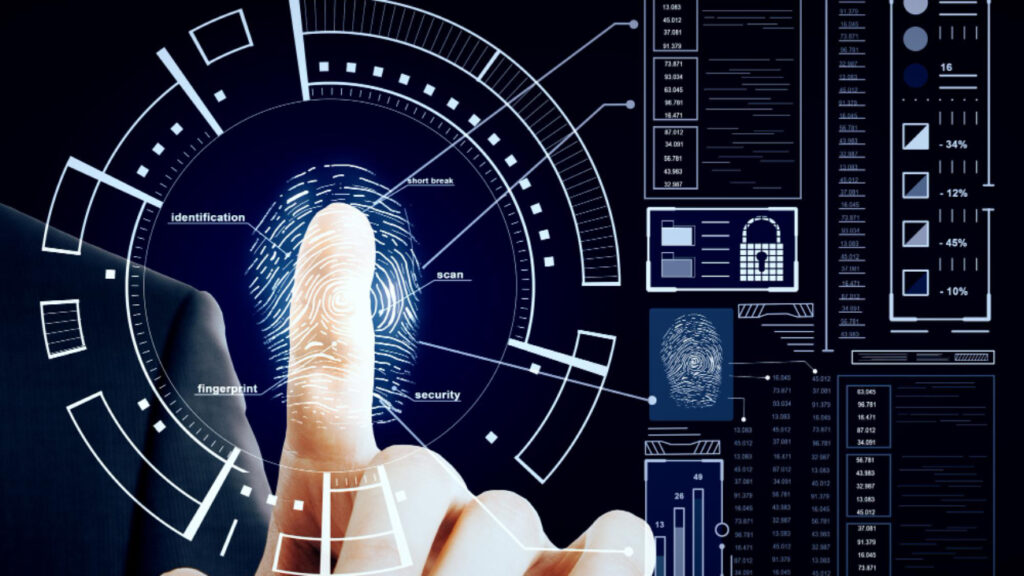Biometric authentication techniques have gone a long way in boosting security and convenience for users observed Bahaa Abdul Hadi. One of the most creative approaches is the use of EEG, or Electroencephalogram signals for verification plus identification. EEG-based biometric verification leverages the distinct electrical activity patterns of an individual’s brain to validate their identity. You should know the science behind the EEG and the way it is used in the area of biometric authentication.
EEG Explained
Electroencephalography (EEG) is essentially a non-invasive method for recording the electrical activity of the human brain. Electrodes are placed on the scalp for the detection and measurement of the voltage fluctuations from ionic flows of current within the neurons of the brain. These electrical signals, commonly referred to as “brainwaves,” are generated by the synchronized firing of millions of neurons.
EEG is mainly used in clinical practice and settings to diagnose neurological disorders, study brain function, and monitor brain activity while surgeries are on or for research. The EEG is particularly prized for its high level of temporal resolution, meaning it can capture variations in brain activity on a timescale of milliseconds.
Biometric Authentication and the EEG
The idea behind the use of the EEG for biometric authentication is that patterns in brainwave activity are highly unique, making them a reliable method to verify a person’s identity. The distinctiveness of such patterns arises from variations in brain physiology, connectivity, and neurological activity.
To implement EEG-focused biometric authentication, a person’s brainwave patterns are initially recorded. Here, the user may perform certain tasks or give responses to stimuli while EEG electrodes make a record of brain activity. This data gets processed and safely stored.
Consequently, when the user needs authenticating, like accessing a secure system or making a payment, they tend to repeat the same cognitive tasks or responses to stimuli. The system makes records of their real-time brainwave patterns and compares these to the reference data stored. If patterns match, authentication is validated.
Benefits and Challenges
EEG-focused biometric authentication provides the following advantages:
- High Individuality: Brainwave patterns are highly unique and hard to replicate, making them a robust authentication technique.
- Passive Nature of Authentication: Unlike some kinds of biometrics like facial recognition or fingerprints, EEG authentication is passive, with minimal effort from the user.
- Spoof Resistant: It’s hard to impersonate a person’s brainwave patterns. This makes EEG-focused systems entirely resistant to spoofing concerns.
However, there are also some challenges, highlighted below:
- Acceptance from Users: Some users may not be comfortable with the idea of brainwave data being recorded and used for biometric authentication.
- Accuracy: The accuracy of authentication via EEG can be influenced by many factors, including environmental conditions, the state of the user, and the EEG equipment quality.
- Equipment and Expense: EEG equipment can be costly and requires appropriate preparation and calibration for dependable results.
Last Words
As authentication and verification methods go, EEG-centric authentication concentrates on distinct brain activity to validate any person’s identity effectively. There are many advantages to using it, but challenges must be addressed too. However, with leaps in technology, challenges may be reduced as the technology strives to become a cost-effective approach to verification in different spheres of industry and life. Thank you for your interest in Bahaa Abdul Hadi blogs. For more information, please visit www.bahaaabdulhadi.com.







